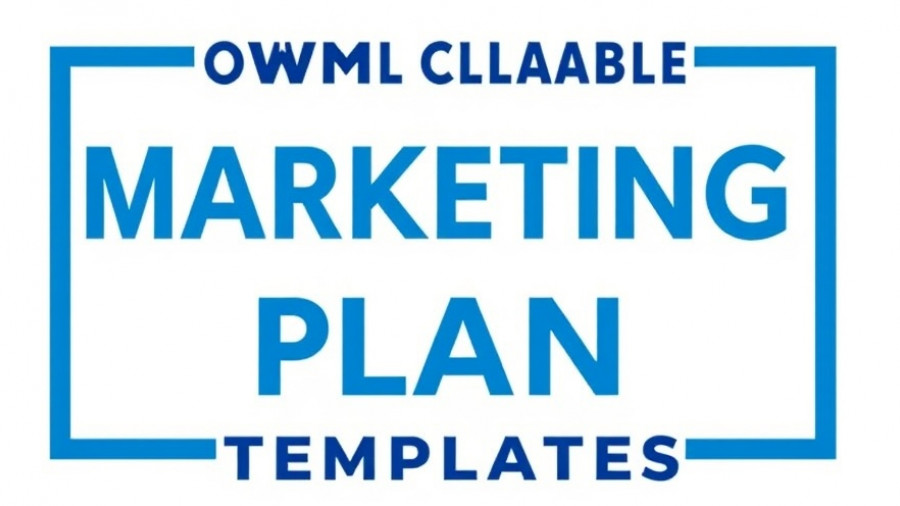
Why Blogging Matters in a Digital World
In an era where 5.5 billion people are actively engaged online, the question isn't whether businesses should invest in blogging, but rather how they can harness this powerful tool effectively. Blogging offers unparalleled opportunities for businesses to establish thought leadership, engage with their audience, and build lasting trust. Today, digital marketers, agencies, and small to medium-sized businesses (SMBs) can capitalize on the potential of blogs to enhance their marketing strategies and lead generation efforts.
Understanding Business Blogging
Business blogging is the practice of creating and publishing content related to your industry or products, aimed at growing your business. According to HubSpot's 2025 State of Blogging Report, a significant 66% of marketers use blogging primarily for brand awareness while 53% focus on engaging customers. Yet, with more businesses utilizing AI to generate content, standing out requires more than mere quantity; it necessitates a commitment to quality.
Successful blogging speaks directly to customers’ needs, provides insightful answers, and positions your company as an industry expert. The intent is to fuel your entire marketing strategy, diverting traffic from social media and email campaigns back to your blog, ultimately leading to greater customer acquisition.
The Multifaceted Benefits of Blogging
Whether you’re an established enterprise or a startup, blogging remains a vital component of any marketing strategy. The benefits are multifold:
- Brand Visibility: Regular blogging increases your chances of appearing in search engines, helping customers discover your brand.
- Customer Relationships: Engaging content fosters a stronger bond with your audience, encouraging interaction and collaboration.
- Lead Generation: Blogs are instrumental in guiding potential customers down the sales funnel by providing valuable information that addresses their pain points.
A well-curated blog can serve as the nucleus for your marketing automation efforts. By linking valuable blog content to platforms like your Customer Relationship Management (CRM) system, you can track how visitors interact with your site. This insight can be key in shaping future marketing strategies and sales funnels.
Creating High-Impact Blog Content
It's crucial to approach blog content with a strategic mindset. Here are a few tips to maximize your blogging efforts:
- Know Your Audience: Understand who your readers are and what challenges they face. This helps tailor content specifically to address their concerns.
- Utilize SEO: Employ effective search engine optimization techniques to increase your blog's visibility in search results and attract organic traffic.
- Consistency is Key: Regularly update your blog with fresh, informative posts. This keeps your audience engaged and encourages return visits.
Future Trends in Blogging and Marketing
The digital landscape is continually evolving, and so too are the strategies marketers can use to leverage blogging. The incorporation of video content, podcasts, and interactive elements into blog posts is becoming increasingly important. As AI continues to shape content creation, marketers must strive for personalization in their messaging—tailoring blog posts to specific segments of their audience.
The Emotional Connection of Blogging
On a human level, blogging creates a space for sharing stories, expertise, and insights that resonate. The connection formed through engaging content fosters a sense of community among readers, effectively building a loyal following that can be pivotal for business growth.
Final Thoughts: Harnessing the Power of Blogging
As businesses navigate an increasingly competitive digital landscape, implementing a robust blogging strategy is more vital than ever. By focusing on quality content, understanding your audience, and embracing new trends, businesses can transform their blogs into powerful marketing tools that not only generate leads but also cultivate genuine customer relationships.
Ready to elevate your business through blogging? Start crafting content that speaks to your audience and enhances your marketing automation strategies today!
 Add Row
Add Row  Add
Add 




Write A Comment